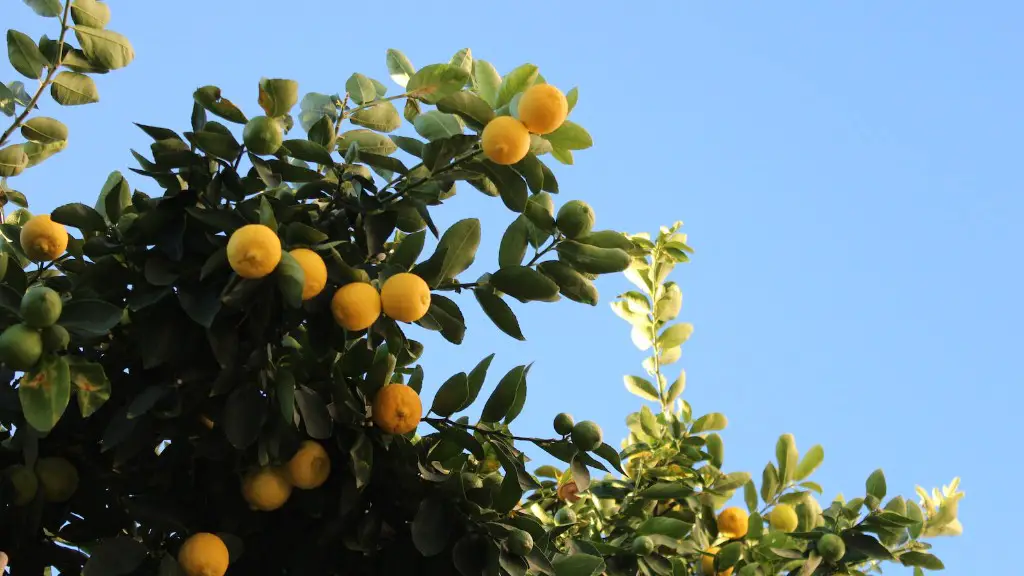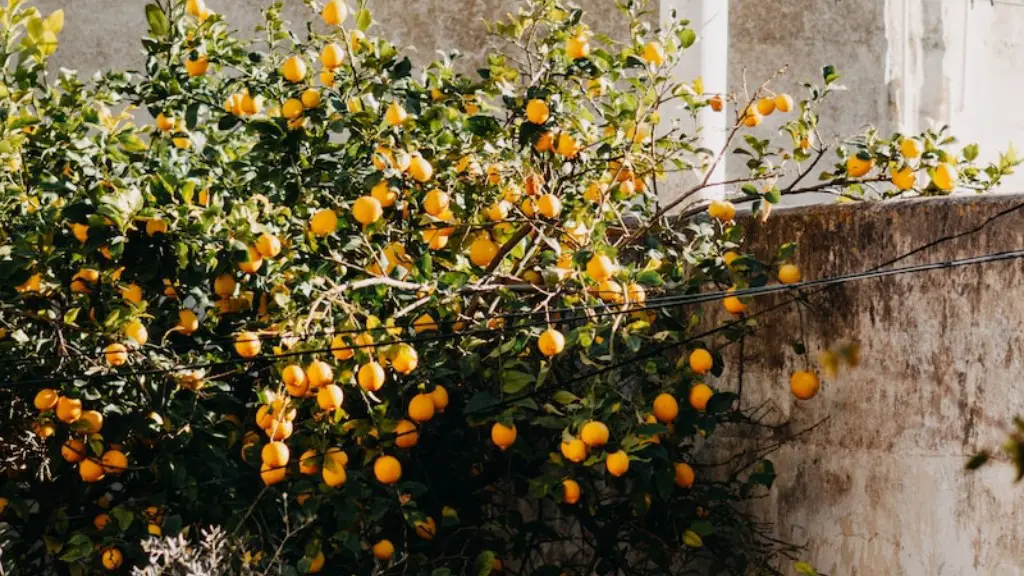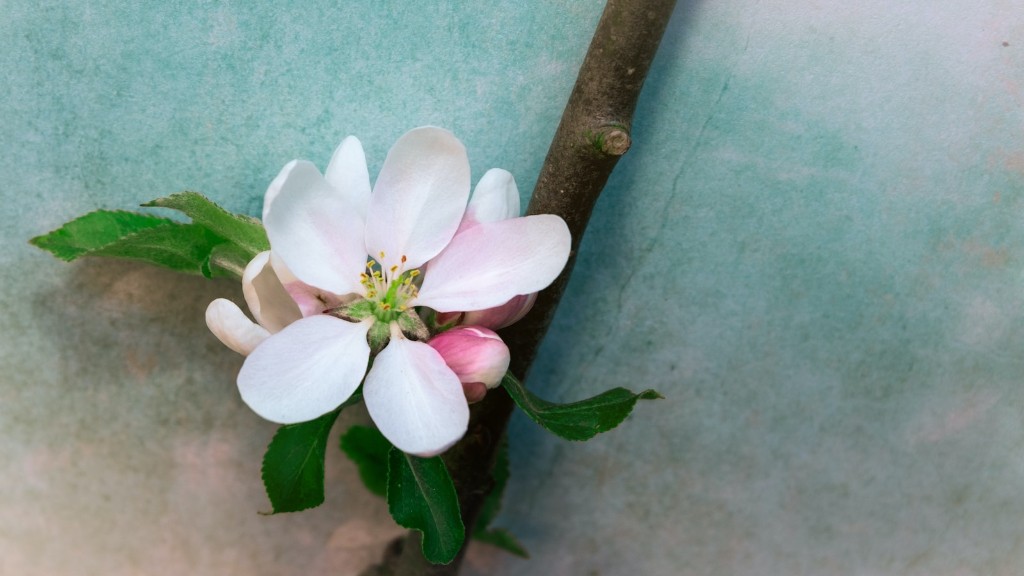Planting a eureka lemon tree may sound intimidating. However, it’s actually a simple task that requires a few basic steps. First, you’ll need to decide where in your garden or yard to plant the tree. There are many types of locations that can be suitable for a Eureka lemon tree such as sunny, sheltered sheltered areas with well-draining soil. When selecting a location, remember to consider the space the tree will require for growth. Once you’ve picked a spot, it’s time to get planting!
Begin by digging a hole a bit wider than the planter containing the eureka lemon tree. Work in some compost or a soil amendment to improve the fertility of the area and create the best conditions for root growth. Place the tree in such a way that the top of the root crown is just above the surface level of the soil, then add in some of the soil you removed from the hole as you backfill. After that, create a “dam” of soil around your newly planted tree; this will help keep the soil damp and keep the water from draining away from the tree too quickly.
It’s also important to fertilize your Eureka lemon tree when planting, by adding a balanced, slow-release fertilizer. This will provide essential nutrients for the tree over time, ensuring that it has the best chance of developing properly. Finally, once you have planted the tree, it’s important to water it enough to keep the soil moist but not waterlogged.
Watering your Eureka lemon tree is important in the first few weeks after planting, and the following weeks should see the tree settled into its new home. It’s best to water it deeply; that is, not just watering the top few inches of soil but reaching deeper down so that the water reaches the entire root system. A mulch or ground cover can also help keep the moisture in the soil.
When
your eureka lemon tree is established, you can prune it to keep it in check and to encourage better fruit production. Prune any dead or diseased branches, as well as any crossing or overly long branches. You can also cut back any new growth to promote bushier and healthier growth.
Finally, bear in mind that eureka lemon trees need plenty of sunlight to thrive. A minimum of 6 hours of direct sunlight per day is optimal. You should also ensure that the tree has enough air circulation to prevent disease and maintain healthy growth. All of this combined will mean a healthy, productive eureka lemon tree harvest.
Choosing the Right Tree Variety
When selecting a eureka lemon tree, it’s important to pick the right tree variety for the climate you live in. If you live in a colder climate, choose a variety that is hardy enough to survive the winter temperatures. If you live in a warmer climate, pick a variety that can thrive in the heat. Additionally, if you live in a particularly hot region, look for a tree that can survive heatwaves and drought conditions.
It’s also important to select a tree that has a good size for the environment it’s going in. Too small a tree may not survive for long due to lack of nutrients and drainage, while too large a tree can be unmanageable. Talk to a specialist or do some research on the specific variety to ensure you pick the most suitable one.
Finally, it is important to check the tree for any signs of disease, pests, or prior damage before planting. If left untreated, a diseased tree can cause significant harm to the rest of your garden.
Timely Care and Maintenance
Once your eureka lemon tree is established, you need to ensure that it receives the right amount of care and maintenance. This involves feeding the tree with a balanced fertilizer to ensure it gets enough nutrients, and making sure it has enough watering and sunlight. Remember to water the tree in the morning or evening and provide sufficient shade during particularly hot periods.
It’s also important to protect the tree from pests and disease. Check it regularly for signs of infestation, such as yellowing leaves or sticky residues. If there are any, treat the tree using appropriate remedies. Additionally, prune the tree every few months to keep it healthy and promote better fruit production.
Finally, it is important to provide proper protection for your eureka lemon tree in winter by covering it with a blanket or tarp to protect it from the cold temperatures. Applying a winterizing spray to the leaves can also help protect against frost and extreme cold.
Harvesting Eureka Lemons
Once your eureka lemon tree is established and producing, it’s time to reap the rewards of your hard work. Generally, lemons are ready to be harvested from mid-summer to late-fall, depending on the climate and the variety of lemon grown. When the lemons are ready for harvesting, twist them off with a gentle tug.
However, you may find that the lemons are ready to be harvested before they are fully ripe and yellow. If you prefer to harvest the lemons when they are fully ripe, wait until they have yellowed and have a soft feel when lightly squeezed. If you harvest the lemons while they are still somewhat green, they may start to ripen once picked.
It’s also important to regularly clean up fallen fruit from around the tree to reduce the chances of disease or infestation. Do this by gathering the fallen fruit every few days and disposing of it away from the tree.
Storage and Cooking
Eureka lemons can be stored in the refrigerator for up to two weeks without spoiling. To maximize the shelf life, wrap each lemon in a paper towel, then place them in a plastic bag and refrigerate. You can also freeze the lemons by first juicing them and then storing the juice in an air-tight container for up to six months.
In terms of cooking, these lemons are often used to add flavor to a variety of dishes, from traditional lemon meringue pie to marmalades, curds, and jams. You can also use them to brighten up salads, fish, vegetables and other dishes.
Conclusion
In conclusion, planting a eureka lemon tree requires careful planning, planting and nurturing. You must carefully select the right variety, keep it well-watered and fertilized, protect it in winter, and regularly inspect it for any pests or diseases. Once the tree is established, it will soon be ready to be harvested, stored and cooked!




